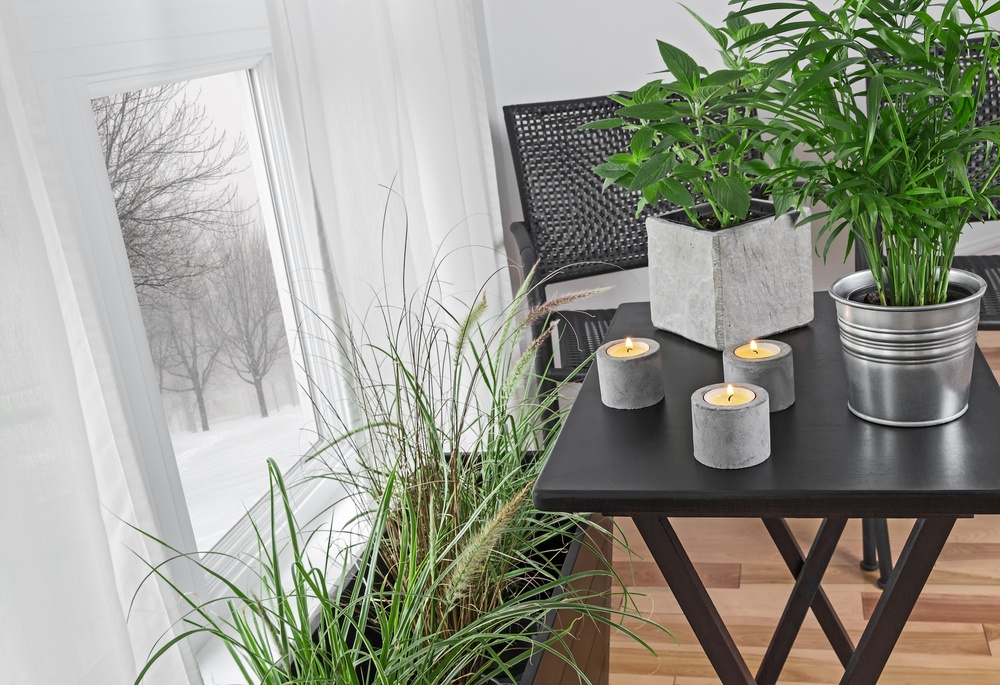Are you faced with a garden full of plants that have been frost-damaged? My first instinct then was to prune and remove the dead plants. Some plants will recover on their own after some time. However, you can help them to fast tract the recovery of frost damaged parts. Here are ways on how to save plants after a frost.
Most plants that look dead after a frost will start to recover as soon as warm weather comes. The method in which they will recover and how they will appear may not be what you expect. The extent of frost damage and possible recovery depends on the type of plant and how much cold they were exposed to.
Some plants may just have foliage damage with discolored and burned leaves. With others, frost damage may reach all the way to the crown structure or roots. But how to realize the second case? Sudden wilting of the outer parts of the plant definitely signals the frosting damage. Because the puncturing of the cells causes the plant’s content to leak out.
Another sign is the plants turn crispy, brown and in some instances, black. Whatever the extent of damage, you need to find out about how to save plants after a frost.
Option 1: Pruning

There are two methods to prune plants. Which method to use depends on the extent of the damage. If the underneath of the plant remains unaffected and only the outer growth is damaged, pruning with loppers and hand pruners will suffice. If most of the upper growth has been frost-damaged, you need to do renewal pruning with a pruning saw.
Pruning any damaged parts will make your plant look healthier. It will also stimulate the growth of attractive and new branches.
- When the weather forecast says that there no longer any frost to expect, prune the damaged plant growth.
- Cut to a bud or sideshoot that has not been damaged.
- After pruning, apply an all-purpose fertilizer to stimulate a strong plant re-growth.
- If a “frost pocket” was caused by a hedge or fence, improve the drainage of cold ice in the lower growth.
- If newly planted shrubs have been lifted from the ground, re-firm them.
- Plant a shelterbelt for additional shelter in gardens that are prone to cold wind exposure.

Never easily give up on a frost-damaged plant especially if it is of high value. Some plants are resilient to frost and may rejuvenate in time - perhaps during the early summer. If after mid-summer the plant still has not re-grown, consider replacing the plant.
Option 2: Move Plants Indoors
Never attempt to warm the damaged plants near a wood fire or radiator. Instead, move the plants indoors to warm up.
- Pick an area inside your home that will not expose the plants to direct sunlight.
- Place the plant there for 48 hours.
- Water the plants with about 1 inch in depth. Allow water to freely drain from the container. One cause of frost damage is when ice crystals siphon moisture out of the leaf. Plants need water to survive so in the following weeks, make sure to regularly water the plants as you did before they were damaged by frost.
- Do not fertilize a recovering plant. Because fertilizer encourages new plant shoots to appear. A frost damaged plant in the recovery stage cannot afford the stress to deal with new growths.
- A weeks after transferring the blacks indoor, trim off some dead flowers.
- After a few months into recovery prune dead leaves. Avoid trimming foliage when it is still in the recovery stage. Trimming will stimulate new growth which the plant still cannot handle.

Remember that a recovering plant needs water, care and shelter. At this point it does not need fertilizers and excessive pruning.
The best way on how to save plants after a frost is to wait and see. Avoid either overreacting or giving the plants more care than they actually need during their recovery period. Too much care will stun the plants so it is best to leave them alone until they start having new growths. Water the plants though after a thick frost. Plants will need water to stimulate new growth.
Have any of your plants been damaged by frost? Did you do anything other than what has been mentioned above? How long did it take for the frost damaged plants to re-grow. Share with some of your thoughts in the comments section so we may learn from each other.
Pin It!


